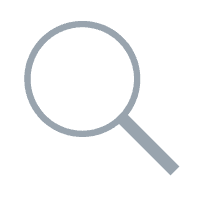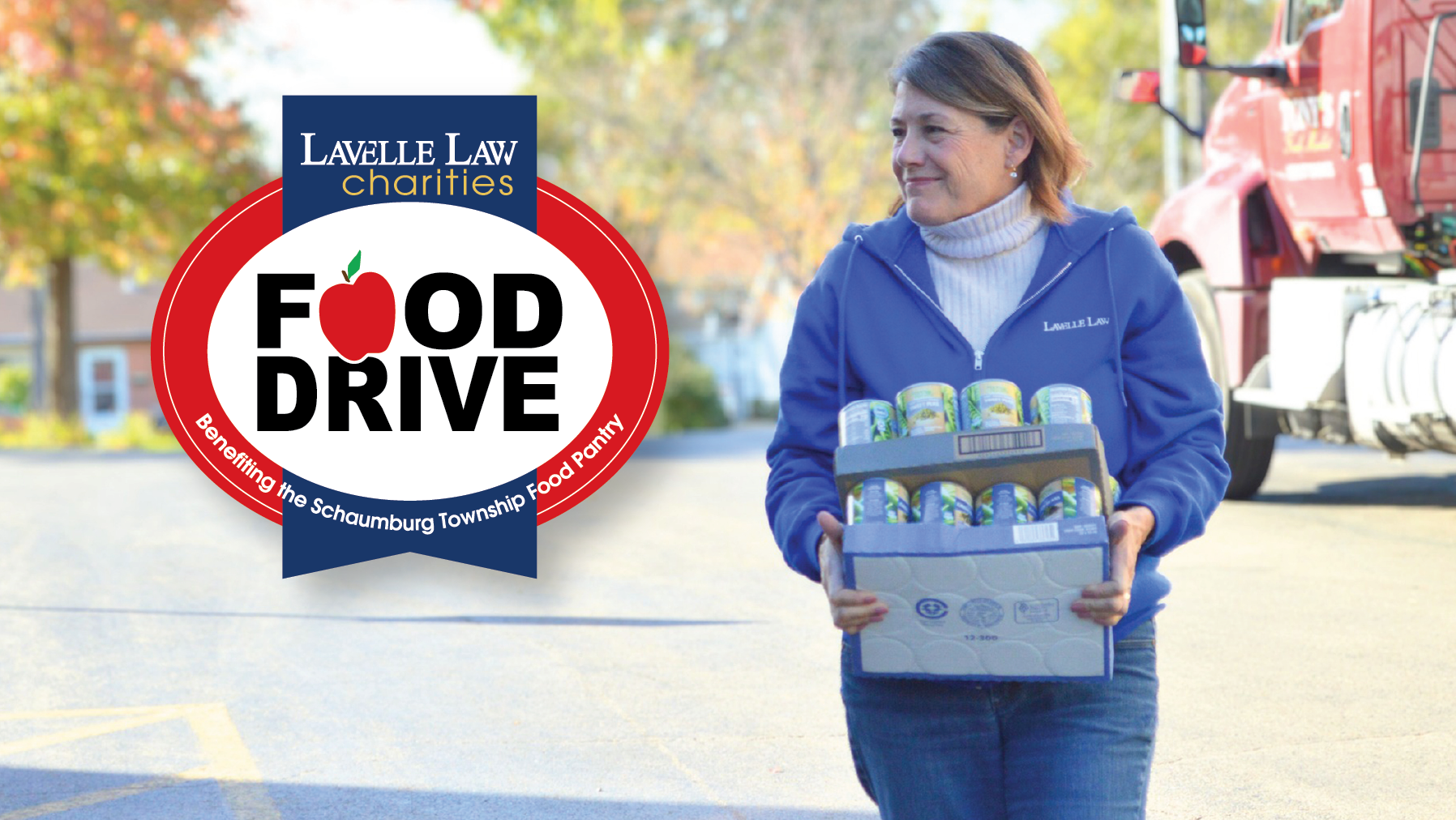Interim Final Rules on PPP Loan Forgiveness
Steven A. Migala • June 1, 2020
On May 22, 2020, the U.S. Small Business Administration (SBA) released an Interim Final Rule on Loan Forgiveness
(“Forgiveness Rule”) describing the costs eligible for forgiveness under the Payroll Protection Program (“PPP”) loans and reductions of the forgiveness amount. The SBA also issued an Interim Final Rule on SBA Loan Review Procedures and Related Borrower and Lender Responsibilities
(“Process Rule”) explaining the loan forgiveness process in more detail. This article provides the key takeaways of the Forgiveness Rule:
Paid or Incurred
- Payroll and nonpayroll costs eligible for forgiveness may include costs paid or incurred during the covered period.
Payroll Costs
- Borrowers with a biweekly (or more frequent) payroll schedule may choose either the eight weeks following loan disbursement or eight weeks (56 days) beginning on the first day of its first pay period following loan disbursement solely for purposes of determining which payroll costs are eligible for forgiveness. Example: A borrower with a bi-weekly payroll schedule has a covered period that begins on June 1 and ends on July 26. The first day of the borrower’s first payroll cycle that starts in the covered period is June 7. The borrower may elect to use the covered period or an alternative payroll covered period for payroll cost purposes that starts on June 7 and ends 55 days later (for a total of 56 days) on August 1.
- Payroll costs are considered paid on the day that paychecks are distributed or the borrower originates an ACH credit transaction. Payroll costs are generally incurred on the day the employee’s pay is earned (i.e., on the day the employee worked). Payroll costs incurred during the borrower’s last pay period of the covered period or the alternative payroll covered period are eligible for forgiveness if paid on or before the next regular payroll date.
- Payroll costs include bonuses and hazard pay, but such payments are included with an employee’s salary, wages, and commission payments for purposes of applying the annualized $100,000 limit on each employee’s cash compensation. Eligible payroll costs also include payments to furloughed employees and employees not able to perform their day-to-day duties, whether due to lack of economic demand or public health considerations.
- Loan forgiveness for owner-employees and self-employed individuals’ payroll compensation can be no more than the lesser of 8/52 (approximately 15.38%) of 2019 compensation or $15,385 per individual in total across all businesses. No forgiveness is provided for retirement or health insurance contributions for self-employed individuals, including Schedule C filers and general partners, as such expenses are paid out of their net self-employment income.
Nonpayroll Costs
- Nonpayroll costs eligible for forgiveness include costs paid during the covered period, or incurred during the covered period and paid on or before the next regular billing date, even if the billing date is after the covered period. A borrower may not elect to use the alternative payroll covered period for purposes of determining eligible nonpayroll costs – it must use only the covered period. Example: A borrower’s covered period begins on June 1 and ends on July 26. The borrower pays its May and June electricity bill during the covered period and pays its July electricity bill on August 10, which is the next regular billing date. The borrower may seek loan forgiveness for its May and June electricity bills because they were paid during the covered period. In addition, the borrower may seek loan forgiveness for the portion of its July electricity bill through July 26 (the end of the covered period), because it was incurred during the covered period and paid on the next regular billing date.
- Advance payments of interest on a covered mortgage obligation are not eligible for loan forgiveness because the CARES Act’s loan forgiveness provisions regarding mortgage obligations specifically exclude “prepayments.”
Reductions in Forgiveness Amount
- The loan forgiveness amount will not be reduced if the borrower laid off or reduced the hours of an employee, provided that the borrower offered to rehire the same employee for the same salary and the same number of hours, or if the borrower offered to restore the reduction in hours, but the employee declined the offer. The borrower must maintain records documenting the offer and rejection, and must inform the applicable state unemployment insurance office of such employee’s rejected offer of reemployment within 30 days of the employee’s rejection of the offer.
- A reduction in FTE employees during the covered period or the alternative payroll covered period generally reduces the loan forgiveness amount by the same percentage as the percentage reduction in FTE employees. The borrower must first select a reference period: (i) February 15, 2019 through June 30, 2019; (ii) January 1, 2020 through February 29, 2020; or (iii) in the case of a seasonal employer, either of the two preceding methods or a consecutive 12-week period between May 1, 2019 and September 15, 2019.
- A reduction in an employee’s salary or wages in excess of 25% will generally result in a reduction in the loan forgiveness amount, unless an exception applies. This reduction calculation is performed on a per employee basis, not in the aggregate.
- To ensure that borrowers are not doubly penalized, the above salary/wage reduction applies only to the portion of the decline in employee salary and wages that is not attributable to the FTE reduction (i.e., the hourly wage did not change).
- When an employee of the borrower is fired for cause, voluntarily resigns, or voluntarily requests a reduced schedule during the covered period or the alternative payroll covered period (FTE reduction event), the borrower may count such employee at the same full-time equivalency level before the FTE reduction event when calculating the FTE employee reduction penalty. Borrowers must maintain records demonstrating that each such employee was fired for cause, voluntarily resigned, or voluntarily requested a schedule reduction. The borrower must provide such documentation upon request.
If you have any questions about the Forgiveness Rule or Process Rule, contact Steven Migala at smigala@lavellelaw.com
or (847) 705-7555.
More News & Resources
Lavelle Law News and Events

Happy New Year! As we say farewell to 2025, we’re excited to look back on some cool travel destinations of our Koozie Challenge - from fiery volcanoes in Guatemala to icy glaciers in Alaska! A big thank you to our family and friends who took part in the fun. We wish you a happy and adventurous new year!










